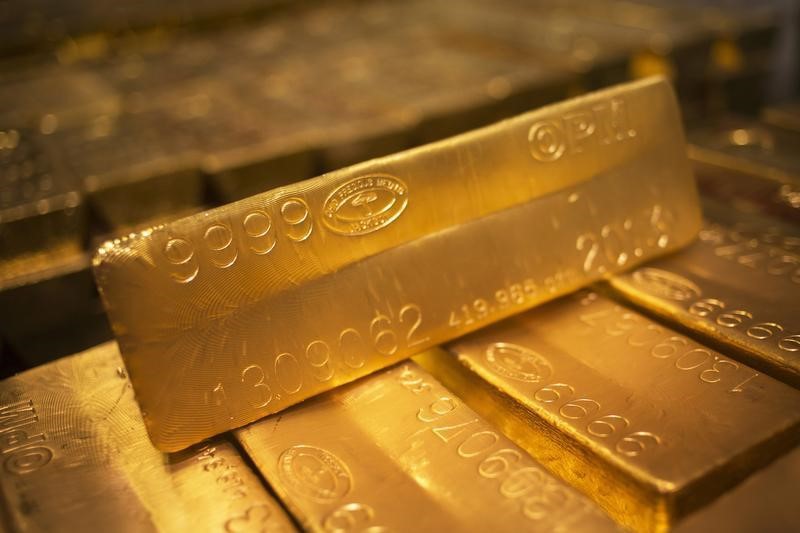Investing.com -- Gold prices rose on Friday as risk aversion returned to markets disappointed by the modesty of a much-hyped ‘phase-1’ trade deal between the U.S. and China.
Such details as both sides released gave little indication to expect a conclusive de-escalation of their trade war, and suggested that the drag it has generated on global growth all year would stretch into 2020 too.
In a statement on the U.S. Trade Representative’s website, Treasury Secretary Steven Mnuchin said the agreement “marks critical progress toward a more balanced trade relationship and a more level playing field for American workers and companies.”
However, while the U.S. has refrained from escalating the 18-month trade war with a fresh round of import tariffs on Sunday, as scheduled, the deal appears to have only limited provisions to reduce existing tariffs.
The U.S. will keep 25% tariffs on approximately $250 billion of Chinese imports annually, along with 7.5% tariffs on another $120 billion, according to the USTR.
Moreover, neither Washington nor Beijing gave any meaningful detail about what China had offered in return.
President Donald Trump spoke of “massive” future purchases of U.S. goods in future and “structural changes” to its economy – changes that Mnuchin said would be “enforceable”.
Beijing itself said would provide details about the timing, range and volumes of its commitments to buy American goods later.
Faced with the underwhelming reality, risk assets sold off from their intraday highs and stocks were in negative territory by 11:55 AM ET (1655 GMT). Gold futures accordingly caught a bid, but were still unable to break out into a new range. They were up 0.6% at $1,480.55 a troy ounce.
Spot gold was likewise up but range-bound, gaining 0.4% to $1,476.39. Silver futures rose 0.4% to $17.02 an ounce, while platinum futures fell 1.6% to $929.40.
10-year Treasury yields fell 7 basis points to 1.83%.
Precious metals remain broadly supported by a still-intact trend toward easier monetary policy across the world. Although the Federal Reserve and European Central Bank both left their policy stance unchanged this week, the Russian Central Bank joined those of Brazil and Turkey in cutting its key rate in its last meeting of the year.
Elsewhere, there was downward pressure on prices out of Europe, where the U.K. Conservatives’ convincing election victory cleared the way for a formal exit from the EU by the end of January, removing a key risk that has propped up European investors’ gold demand. The result sent money flooding out of havens, including U.K. government bonds, and into equities.
